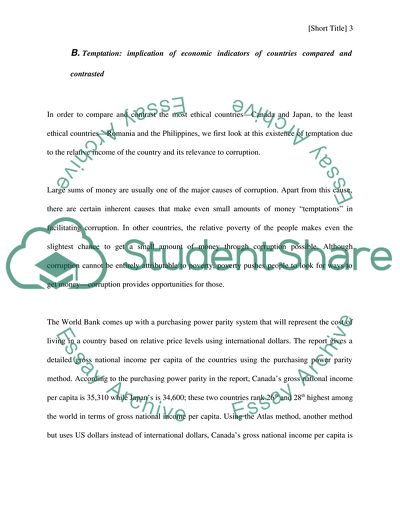Cite this document
(The Most Corrupt Countries Coursework Example | Topics and Well Written Essays - 3250 words, n.d.)
The Most Corrupt Countries Coursework Example | Topics and Well Written Essays - 3250 words. Retrieved from https://studentshare.org/politics/1716198-course-work-with-outline
The Most Corrupt Countries Coursework Example | Topics and Well Written Essays - 3250 words. Retrieved from https://studentshare.org/politics/1716198-course-work-with-outline
(The Most Corrupt Countries Coursework Example | Topics and Well Written Essays - 3250 Words)
The Most Corrupt Countries Coursework Example | Topics and Well Written Essays - 3250 Words. https://studentshare.org/politics/1716198-course-work-with-outline.
The Most Corrupt Countries Coursework Example | Topics and Well Written Essays - 3250 Words. https://studentshare.org/politics/1716198-course-work-with-outline.
“The Most Corrupt Countries Coursework Example | Topics and Well Written Essays - 3250 Words”, n.d. https://studentshare.org/politics/1716198-course-work-with-outline.


